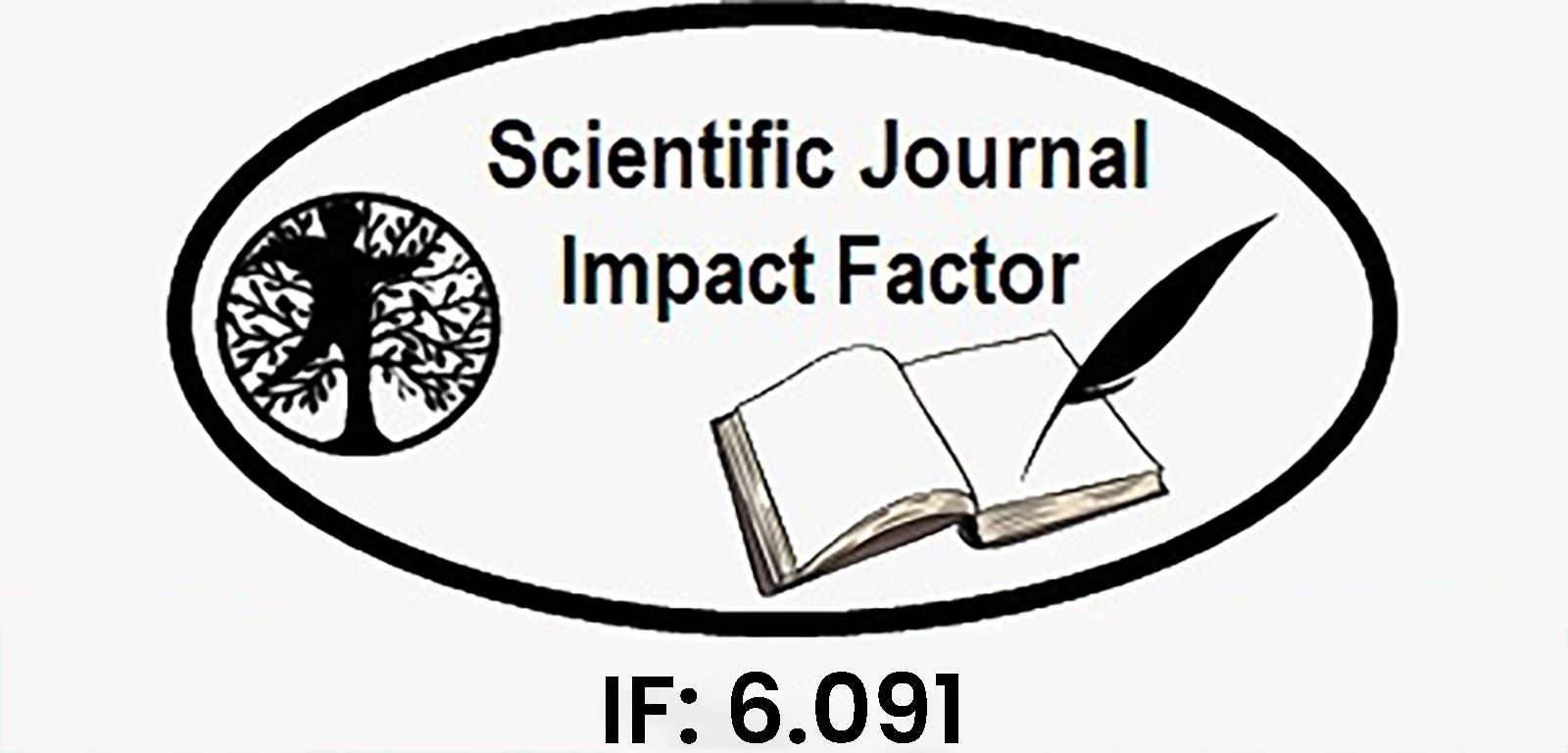A MACHINE LEARNING BASED CLASSIFICATION AND PREDICTION TECHNIQUE FOR DDOS ATTACKS
Keywords:
Random Forest algorithm, average Accuracy (AC), Precision (PR) and Recall (RE), arrangement asset, specific limitations, old KDD datasetAbstract
Distributed network attacks are referred to, usually, as Distributed Denial of Service (DDoS) attacks.
These attacks take advantage of specific limitations that apply to any arrangement asset, such as the framework of the authorized organization's site. In the existing research study, the author worked on an old KDD dataset. It is necessary to work with the latest dataset to identify the current state of DDoS attacks. This paper, used a machine learning approach for DDoS attack types classification and prediction. For this purpose, used Random Forest and XG Boost classication algorithms. To access the research proposed a complete framework for DDoS attacks prediction. For the proposed work, the UNWS-np-15 dataset was extracted from the GitHub repository and Python was used as a simulator. After applying the machine learning models, we generated a confusion matrix for identification of the model performance. In the first classification, the results showed that both Precision (PR) and Recall (RE) are 89% for the Random Forest algorithm. The average Accuracy (AC) of our proposed model is 89% which is superb and enough good. In the second classification, the results showed that both Precision (PR) and Recall (RE) are approximately 90% for the XGBoost algorithm. The average Accuracy (AC) of our suggested model is 90%. By comparing our work to the existing research works, the accuracy of the defect determination was significantly improved which is approximately 85% and 79%, respectively.
Downloads
Downloads
Published
Issue
Section
License

This work is licensed under a Creative Commons Attribution-NonCommercial-NoDerivatives 4.0 International License.















